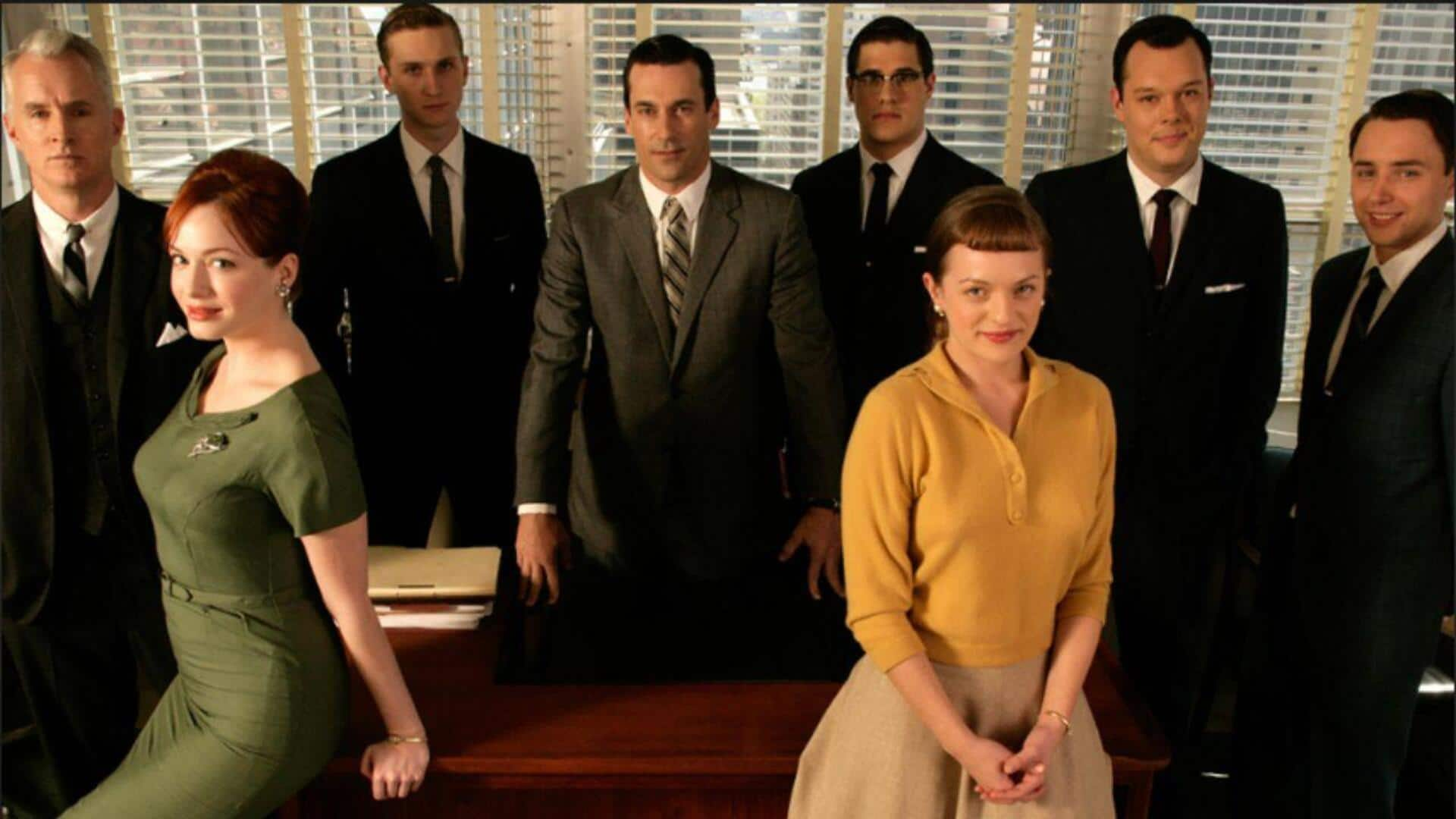
How 'Mad Men' exposed sexism in the 1960s workplace
What's the story
Popular television series Mad Men gives us a peek into what the 1960s workplace culture was like. Set in an advertising agency, the show touches upon different aspects of office life back then. From gender roles to office dynamics, Mad Men gives us an idea of what workplaces were like over half a century ago. Here are some things the show accurately depicts about the 1960s workplace.
Gender dynamics
Gender roles in the office
In Mad Men, gender roles are at the forefront, showcasing the truth of most workplaces in the 1960s. Women were usually pushed to secretarial positions or support roles, while men occupied most of the executive posts. The show demonstrates how women dealt with these restrictions and sometimes pushed against them, showcasing both advancement and lingering obstacles.
Office hierarchy
Hierarchical office structure
Another thing Mad Men got right was the hierarchical structure within offices during this time. Senior executives held immense power and influence over their juniors. Most decisions were taken top-down, with hardly any space for input from lower-level employees. This strict hierarchy dictated interactions and the way careers progressed within companies.
Smoking culture
Smoking as a norm in offices
In the 1960s, smoking was a norm of office culture, as shown in Mad Men. Employees smoked at their desks during meetings and even while brainstorming ideas. The practice was not only socially acceptable but also encouraged as a part of business interactions. The prevalence of smoking highlights broader societal norms around tobacco use at the time.
Relationship building
Emphasis on personal relationships
As we also see in Mad Men, personal relationships were critical when it came to business in this era. Most networking happened outside the office, with social gatherings forming an essential part of establishing professional relationships. They could make or break your career and the company's business in an organization.